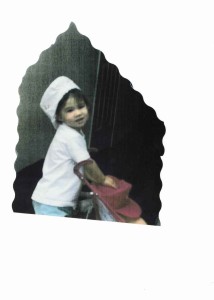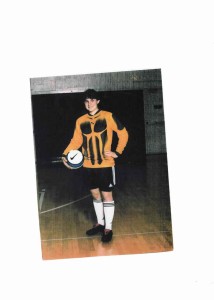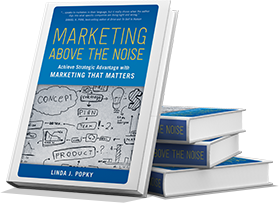 Today our family commemorates an important anniversary.
Today our family commemorates an important anniversary.
It was 15 years ago today that our daughter, Ilana Finer, was diagnosed with type 1 diabetes, five days before her second birthday. One day she was a normal two year old, the next she was so weak she could barely stand. A few simple urine and blood tests and we were off to Lucille Packard Children’s Hospital at Stanford for an intense five-day course in regulating blood sugar and managing diabetes.
I very quickly went from a lifelong fear of needles and a horrible dislike of the sight of blood to injecting mixed insulin cocktails and pricking her little fingers six or eight or ten times a day. We learned about everything from the diabetic honeymoon (which was no honeymoon at all) to the Somagi effect. We learned how to determine carbohydrate levels in everything edible–whether it came in a package with nutritional information or in a bowl at a restaurant. In fact, Ilana learned how to multiply by 15 at a very young age–because we needed to calculate 1 unit of insulin for every 15g of carbohydrate she ate.
 Fifteen years later, it’s amazing how much life has changed. Ilana is a senior in high school–healthy, strong and athletic. She plays varsity soccer and softball, snowboards, surfs and skateboards, plays electric guitar and is in to making and editing videos. She’s busy completing college application forms and enjoying her senior year and being a typical American teenager.
Fifteen years later, it’s amazing how much life has changed. Ilana is a senior in high school–healthy, strong and athletic. She plays varsity soccer and softball, snowboards, surfs and skateboards, plays electric guitar and is in to making and editing videos. She’s busy completing college application forms and enjoying her senior year and being a typical American teenager.
For the last 8 years, we’ve managed Ilana’s diabetes with insulin pump technology, which allows her to eat what she wants when she wants and compensate with the right amount of insulin. She just completed a yearlong trial of new continuous glucose monitoring systems (CGMS) sponsored by the JDRF and she now has a CGMS integrated with her insulin pump. Today’s insulins work much faster and more predictably, and the amount of blood required for a finger stick is a mere fraction of what it was 15 years ago. New research is unveiled on a regular basis and exciting technologies like stem cell research bring new and exciting possibilities.
We’ve come a long way since the hormone insulin was discovered by Dr. Frederick Banning in 1921. But not far enough.
Eighty-seven years later, we still live with the specter of diabetes, 24×7, 365 days a year. We still have to do finger sticks, inject or infuse insulin, react quickly to unpredictable blood sugar highs and lows, deal with uneducated and sometimes ignorant people who discriminate against diabetics, and manage simple illnesses made much more complex by the fact that diabetes is always a factor. And we still worry about the long term impact of living with this disease–the potential for complications like blindness, kidney disease, neuropathy and cardiovascular disease.
In 1993 we were told an artificial pancreas might be 5-10 years away. Fifteen years later, we’re told these alternatives are getting close–they’re maybe 5-10 years away. We still can’t seem to reach the pot of gold at the end of the rainbow.
Over two million people in the US alone are type 1 diabetics, which means more than two million families suffer from this disease, and tens of millions more are impacted by diabetes in many ways.
On this, our 15th anniversary of living intimately with this disease, we celebrate the successes and triumphs of the last decade and a half and we look forward to the day when we will no longer have to count carbohyrdates or measure blood sugar–to the day when we will have a real, absolute cure.
To get there, our family team will be participating in the JDRF Annual Walk to Cure Diabetes, on Sunday, October 19th in Sunnyvale, CA. Please support us by donating what you can to our team, Nothing Can Beat Finer, so that 15 years from now we can have a different kind of celebration: counting the number of years since diabetes was cured.
Linda Popky
Mitchell Finer
Ilana Finer





2 Responses to Commemorating 15 Years: Living With Diabetes